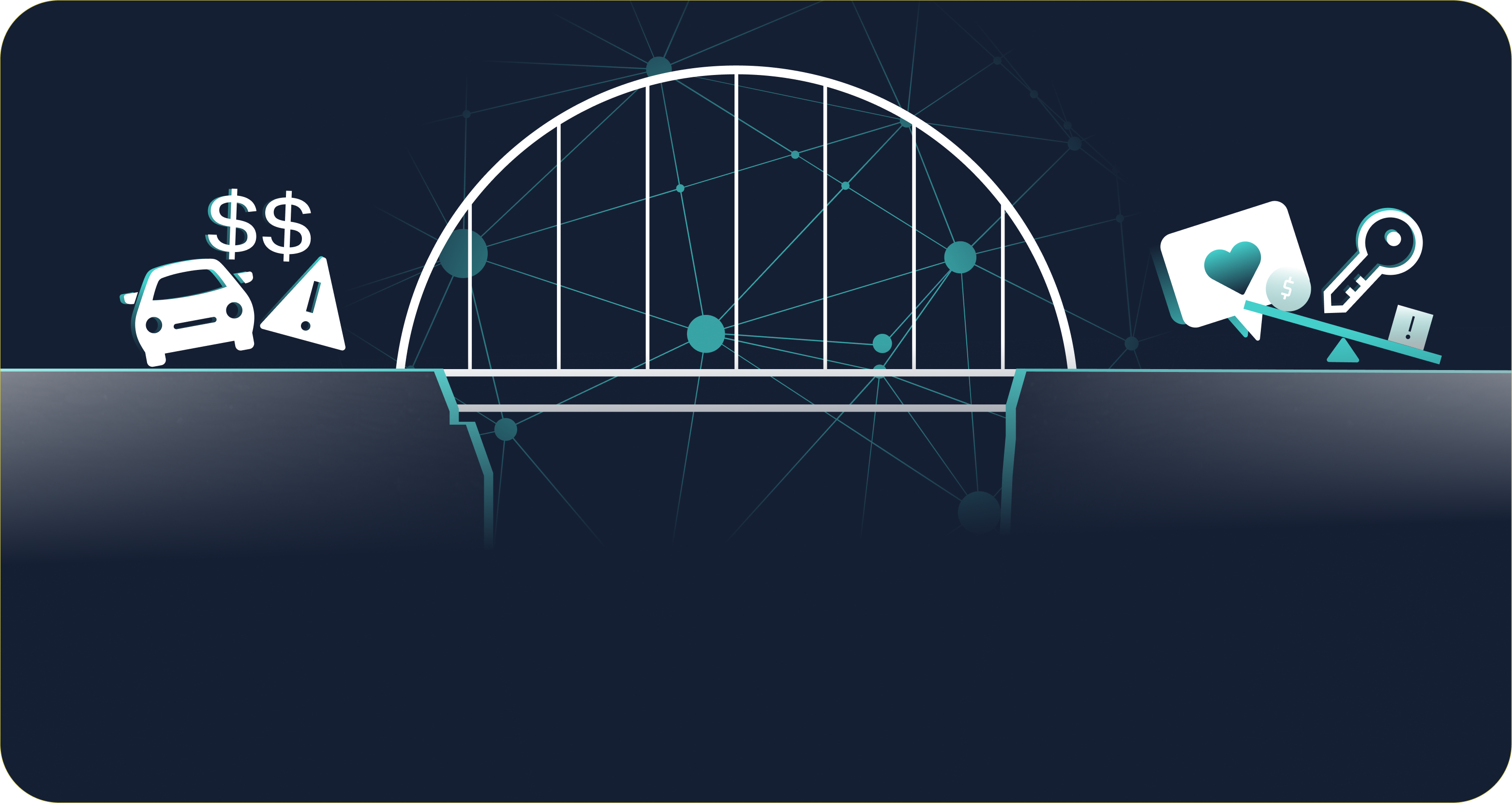How AI optimizes lender yields
Consumer borrowing is at a record $14 trillion in the US.
While lenders may see pockets of additional growth here and there, the credit economy is long overdue for some cooling, or even a reversal. If (or should we say when) the economy turns, it will be the banks and lenders who’ve tightened up their credit portfolios the fastest and most efficiently that are most prepared for a financial decline.
That doesn’t have to mean abandoning higher-risk borrowers and rushing to an all-prime portfolio. Lenders can now engage machine learning to assess risk, using hundreds, or thousands, of times more variables than traditional methods. These tools can analyze your overall portfolio risk with a finer lens and use those insights to — for example — adjust price on incoming borrowers to optimize yield heading into a downturn.
During a downswing, lenders should want as much granularity as they can get to reduce defaults and build more resilience into their portfolios
A January 2020 working paper from the International Monetary Fund found that the adoption of IT in banking can enhance financial stability through better monitoring and screening of risk. The study found that tech-enabled banks made loans that performed the same as peers during a period of economic growth but performed better in a downturn, thus leading to more resilience during a crisis.
Lenders can price more accurately for risk when they’re armed with more data to understand new and current customers. Standard logistic-regression models typically rely on a couple of dozen uncorrelated variables, such as credit score and loan-to-value. Artificial intelligence (AI) greatly expands a lender’s data set to include hundreds or even thousands of variables that go well beyond what’s on a conventional credit reporter. This kind of alternative data can include a consumer’s cash flow, installment loan history, call-center activity, length at current employer and residence, and monthly rent payments. This type of data paints a much broader picture of a consumer’s real credit health and risk of default beyond a single three-digit credit score.
Lenders that tap into the correlations from all this new data can use those insights to score borrower pools with more fidelity. They can move less risky customers into lower-price tiers, giving the best customers a price cut to retain their business. The lender can more than make up for the foregone revenue by matching a greater number of higher-risk applicants with the right price. Our analysis has shown that lenders who more accurately assess borrower risk and segment customers accordingly can see their overall portfolio yields increase by $500,000 to $4 million per $100 million of originations.
During a downswing, lenders should want as much granularity as they can get to reduce defaults and build more resilience into their portfolios
Standard logistic regression models have been around for a long time — and the best ones produced the most resilient loans before 2008 — but machine learning models are promising a better path for optimizing portfolios for good times and bad. A properly monitored AI model, trained on a broader data set with infinitely more correlation analyses, has a better ability to detect shifts in consumer credit quality before actual losses take place. By spotting outlier applicants that a traditional monitoring approach missed, an ML monitoring tool that Zest AI built for a consumer lender in Turkey caught the effects of economic disruption from its currency devaluation early enough for the lender to refit its model to a new default target and avoid bigger losses.
The adoption of AI in credit will change how lenders operate. The most resilient portfolios will incorporate dynamic risk modeling that takes into account thousands of variables — not just a handful.

